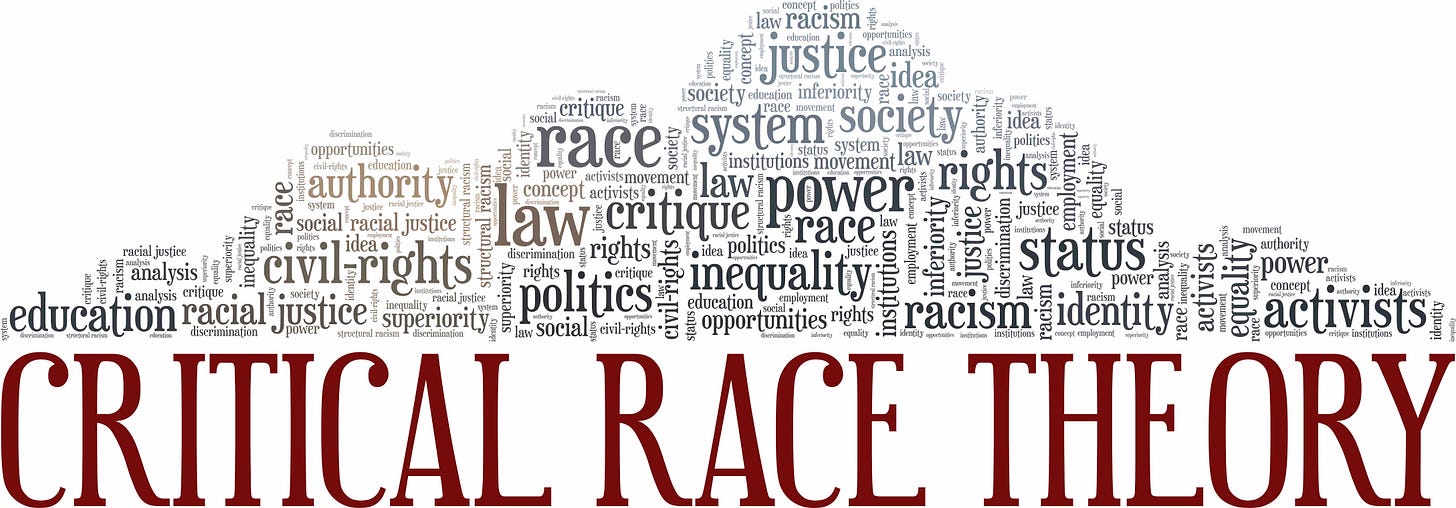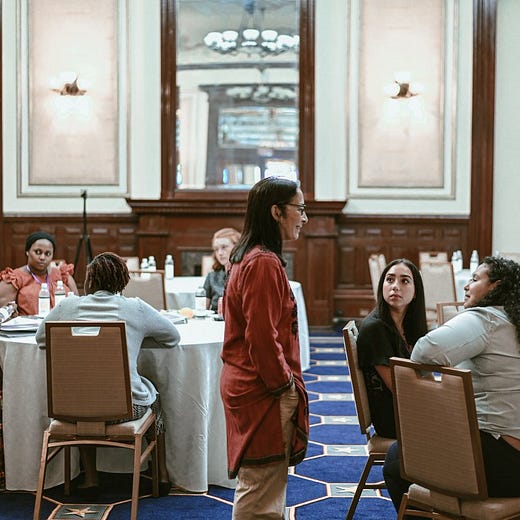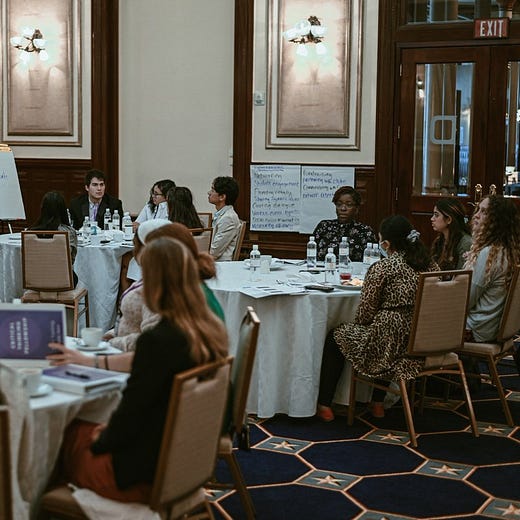E-Pluribus | August 6, 2021
The Uncancellable Matt Damon, a private high school in California openly embraces CRT, and sorting through a plethora of sexual identities.
A round up of the latest and best writing and musings on the rise of illiberalism in the public discourse:
Sonny Bunch: Why Matt Damon can’t be canceled
Some might argue that the answer is as simple as, “Who is going to cancel Jason Bourne?”, but Sonny Bunch has his own theory about why Matt Damon (among others) is not susceptible to cancel culture. Despite being a liberal suffering from foot-in-mouth, Damon has managed to survive his missteps and even thrive in his field by staying largely offline.
So yes, Damon keeps stepping in it in part because he’s famously social media-averse. His “own social media presence is basically nonexistent,” the New York Times noted in a recent profile, part of his effort to exist “in the last of that line of people who want to maintain privacy.” That bargain means being excluded from the world of Twitter, where so many nontroversies turn into news stories because so many journalists have amassed so much of their power from the big blue bird app and anger equals clicks. If you remain purposefully ignorant of the landmines that might blow up promotional efforts for your movie, you can’t be surprised when you step on one.
The flip side of this, though, is that Damon’s complete lack of online presence means he doesn’t feel the constant need to respond to every slight or every provocation. He’s not refreshing his mentions, seeing who’s taking him to task now. He’s not experiencing the soul-crushing dogpile everyone who has ever been the focus of Twitter angst has experienced. And as such — by simply refusing to feed the trolls and get sucked into an endless cycle of clarification and apology — every cancellation attempt just fizzles out.
Read the whole thing.
John D. Sailer: A Woke Education
While some Critical Race Theory (CRT) advocates have downplayed its influence in secondary education, John Sailer writes at City Journal that at least one prestigious private high school in California has gone all in.
No corner of the curriculum appears untouched. The world languages department “continued to incorporate explicit conversations and content about social justice, colonialism, and inequity.” The French IV Seminar “focused on race and diversity in French cinema.” The Dance curriculum “continues to be rooted in a social justice perspective.” Drama Tech students “designed a show in the style of a non-theatrical artist focused exclusively on BIPOC and LGBTQ+ artists.”
The school also introduced a concurrent “equity, inclusion, and anti-oppression curriculum.” The school scheduled five student workshops in partnership with CircleUp Education, which covered “Understanding Racism,” “Conscious vs. Unconscious Racism,” “Privilege, Power, Racism Hierarchies,” “Internalized & Interpersonal Racism,” and “Institutional Racism.” In her response to the BSU, DeVane noted that faculty had undergone implicit-bias training and students had received “advisory based training in White Fragility.” Thus the school borrows a key concept from Robin DiAngelo, who has flirted with race essentialism and condescension toward black people, while adopting implicit-bias training that evidence suggests can be counterproductive.
Training students to stamp out hidden bias and white fragility could cause problems, given the school’s new incident-reporting system. Following the lead of many top independent schools—including Riverdale in New York and Taft in Connecticut—College Prep intends to pilot a new system for anonymously “reporting and responding to incidents of racism, sexual harassment, homophobia, bullying, cyberbullying, discrimination, harassment, and hate speech.” Teaching students to see hidden racism in potentially innocuous remarks—and instructing them that racism is American society’s original sin—could create an atmosphere of fear and self-censorship.
Read it all at City Journal.
Jen Monroe: What's a Demisexual, and Why Should We Care?
Degradation of language coupled with a desire to make everyone feel accepted for their unique “identities” has resulted in an explosion in terms that describe attractions individuals might feel (or not feel) that borders on absurd (if not outright crossing the border). Jen Monroe at Arc Digital gives her take on some of the factors at play, why it’s gone so far, and what it says about our society.
The past decade has seen an expansion in the number of alternative sexualities. The dating app Hinge lists 21 options, from the standard straight/gay/lesbian/bisexual to less well known ones like “skoliosexual” (specifically attracted to non-binary/trans people) and “sapiosexual” (attracted to or sexually excited by intelligence).
Some are simply new words made up to describe ordinary concepts. “Allosexual” sounds exotic but means simply “someone who feels sexual attraction to other people” (i.e. not asexual). “Graysexual” means “not entirely asexual but rarely feeling sexual attraction.” And then there’s demisexual, a subset of gray asexuality defined as being able to feel sexual attraction to someone only if you have developed an emotional bond with the person. The Asexual Visibility and Education Network (AVEN) claims to have invented the term in 2008 but it may date back to 2006, when a user of the AVEN forum coined it to describe his sexual preference.
[…]
But there’s another problem with the new sexual labels. At least to me, it feels a bit too much like advertises the specifics of your sexuality to the entire world, explaining how much you like sex—and under what conditions—to people who are owed no such explanation. It’s oversharing as identity.
Read it all here.
Around Twitter:
Short thread from Peter Boghossian on a Critical Thinking Fellowship in Austin, Texas that helps train students how to engage more effectively in today’s difficult political climate:
Wesley Yang comments on the politicization of public education:
Finally, Matt Yglesias on Cori Bush’s viral security-for-me-but-not-for-thee video (video linked first for context):














